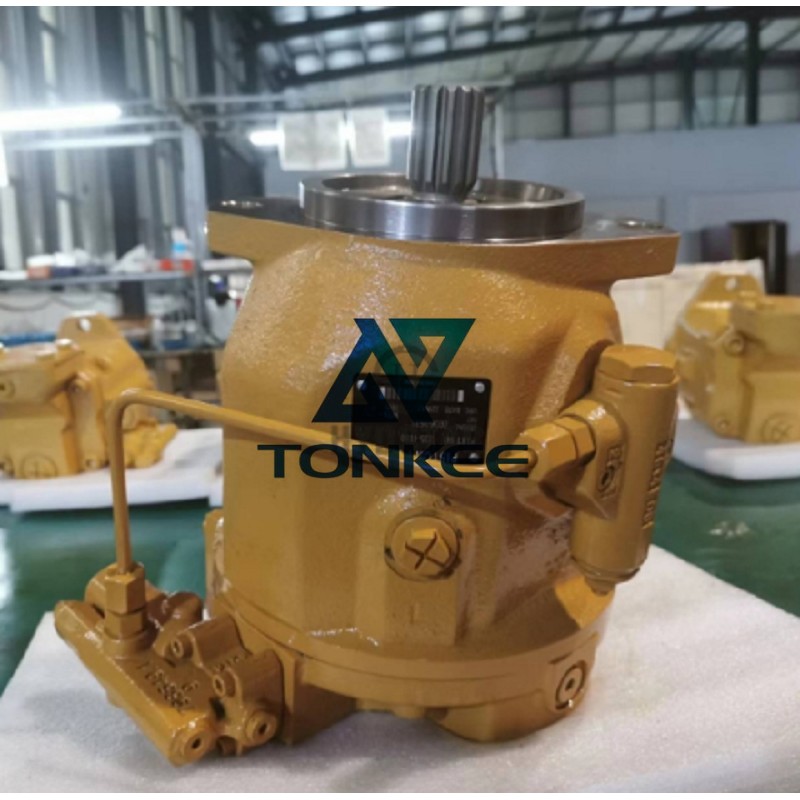
Piston pumps operate on the principle of displacement.
As the piston moves back and forth within a cylinder, it alternately draws in and expels fluid, creating a continuous flow.
Types:
There are different types of piston pumps, including axial piston pumps, radial piston pumps, and swashplate piston pumps, each with its own design and advantages.
Flow Rate:
The flow rate, typically measured in liters per minute (LPM) or gallons per minute (GPM), is a crucial specification. It varies based on the pump's size, design, and application.
Pressure Rating:
Piston pumps can generate high-pressure output, often exceeding 5000 psi (pounds per square inch). The pressure rating is a vital specification and must be matched to the requirements of the application.
Construction Material:
Piston pumps are usually constructed from durable materials like steel or cast iron for industrial applications. For corrosive or hygienic applications, they may use stainless steel or other specialized materials.
Drive Mechanism:
Piston pumps can be powered by electric motors, internal combustion engines, or even manual operation, depending on the application.
Seals and Gaskets:
These pumps often have high-quality seals and gaskets to prevent leakage and maintain efficiency.
Controllability:
Many piston pumps offer variable displacement or speed control, allowing for fine-tuning of the flow rate and pressure as needed.
Efficiency:
Efficiency is a critical factor in pump performance. Well-designed piston pumps can be highly efficient, minimizing energy consumption.



 English
English Русский язык
Русский язык



